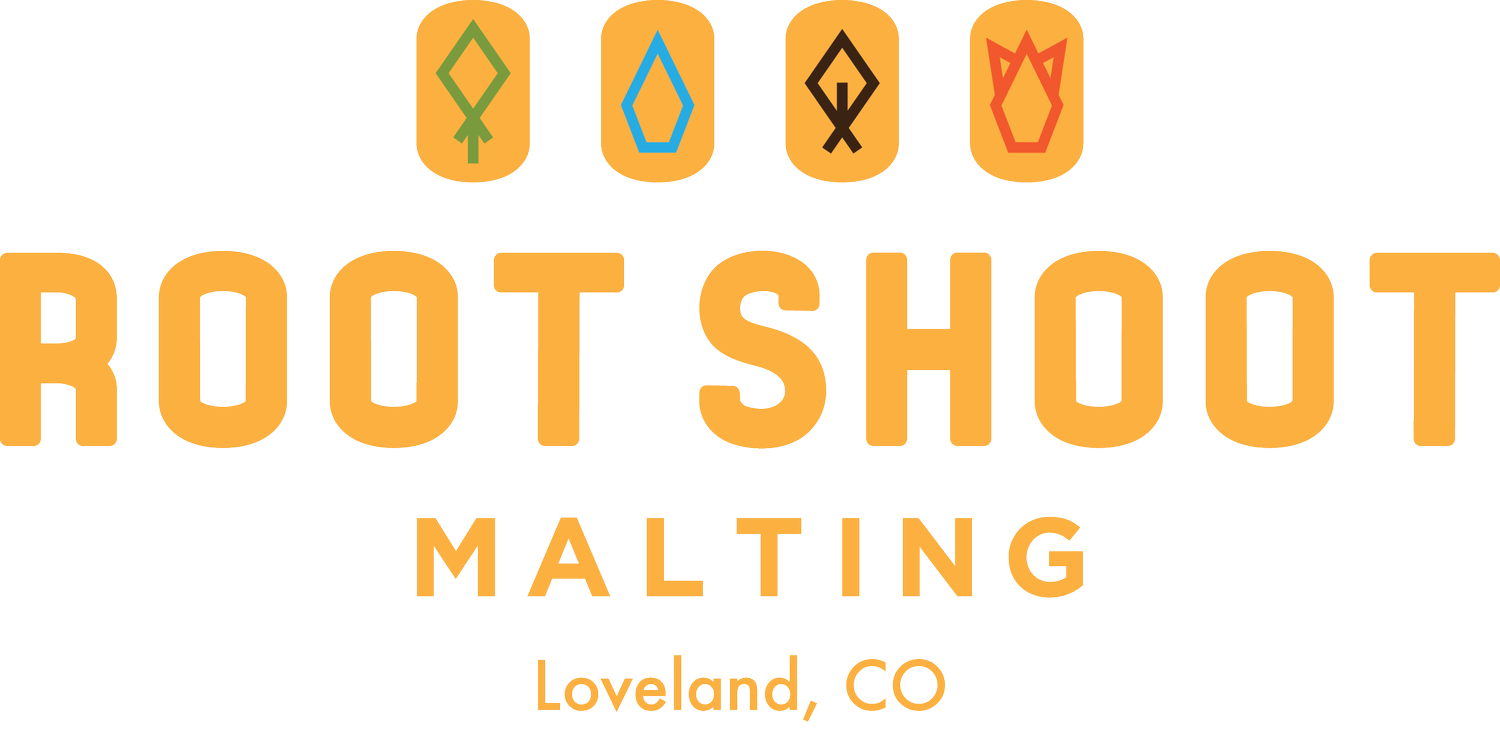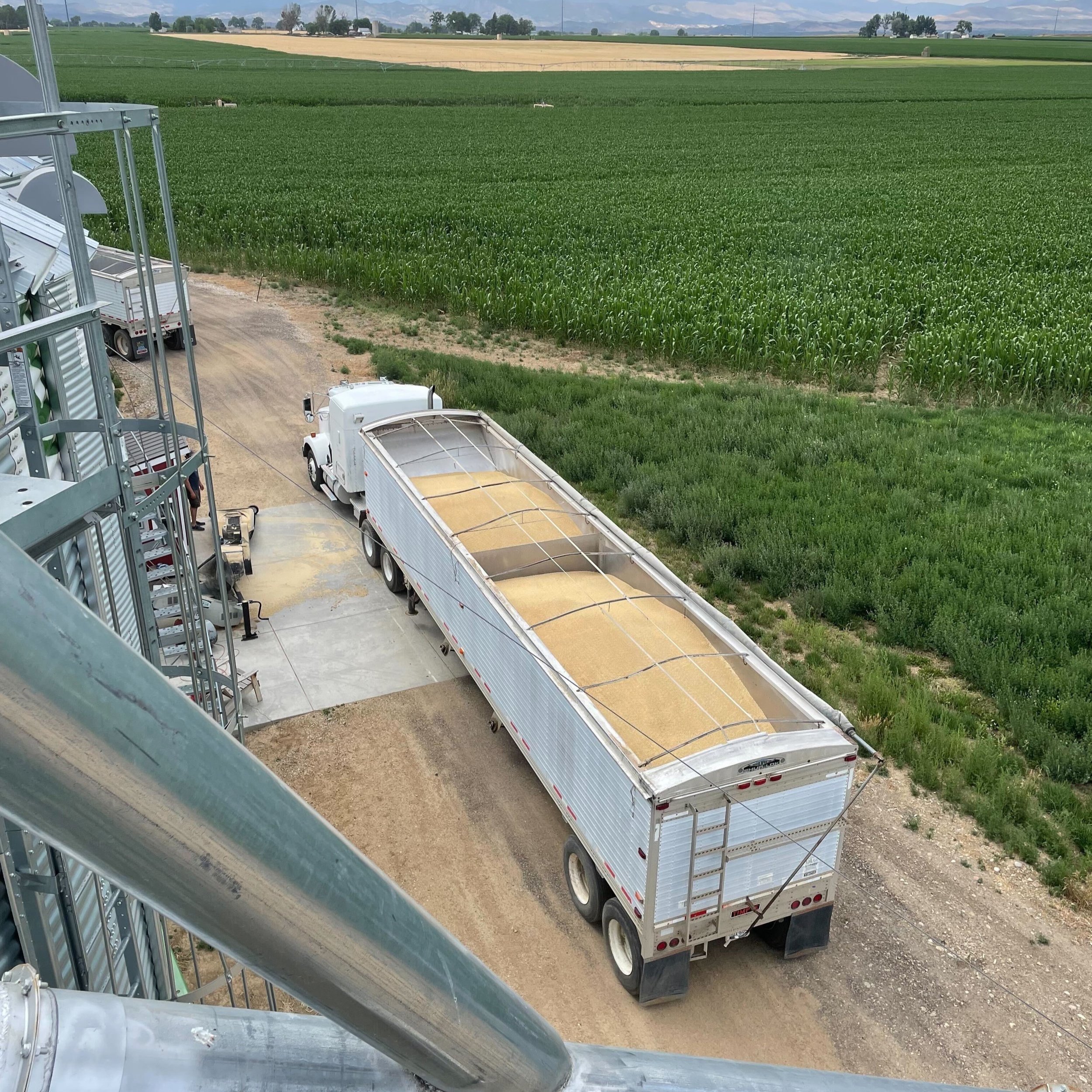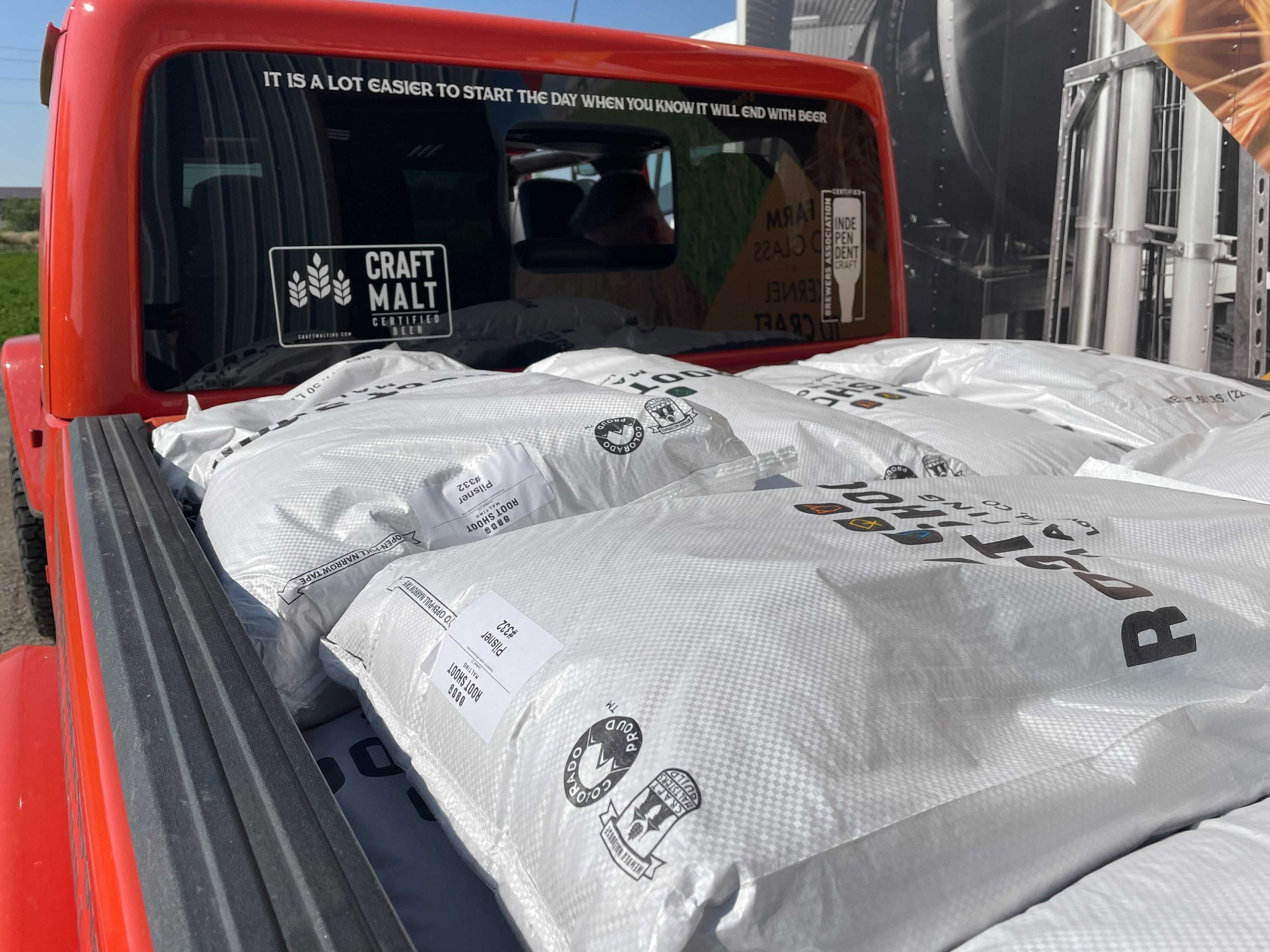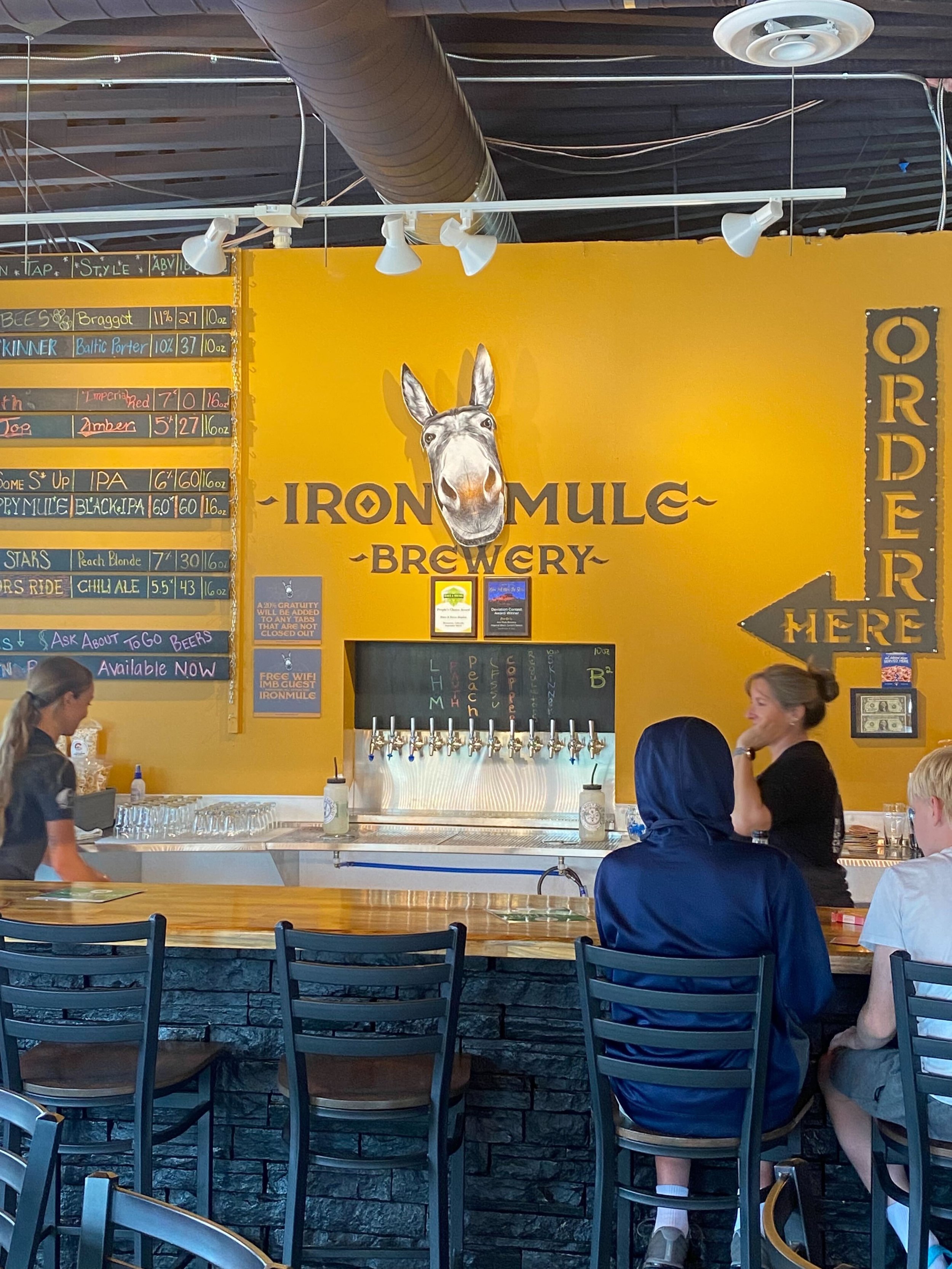Here at Root Shoot and Olander Farms, we like to think we’re pretty photogenic.
We work some amazingly beautiful properties. We get to spend our days in sunny fields with the Rocky Mountains as our backdrop. We’ve got bright green rows of crops under bright blue skies. We use some sexy looking tractors and some handsome vintage trucks. We’re still living the farm life, something that less than 2% of America’s population gets to experience, and everything is downright idyllic and bucolic…right?
Photo by Brewtography Project
At moments, yes.
When the sun sets behind the mountains as you’re checking irrigation lines, when you drive through a golden field of barley in just the right light, when the big skies of Colorado open around you and fields lay out in front of you, this farming thing can feel pretty darn good.
But just as often, farming is unbelievably hard.
Imagine, if you will, that you’re working away at your job. Maybe you’re working from home, happy in your pajamas, a cup of coffee in hand, tapping away at the computer, prepping for your first Zoom meeting of the day when suddenly, a nasty thunderstorm rolls in: wind, rain, lightening, hail - the works. You watch it blow through, thank the lucky stars the roof didn’t fly off the house…then open an email from your boss to discover that, suddenly, you’re going to make 10% less income this year than you thought. Immediately, you start calculating what to cut, where to cut, and how you can possibly make life work with this unexpected financial development.
This is also farming.
Hailstorms take out full fields of crops right before harvest. Irrigation ditches get shut off in the middle of a drought. We have an early freeze, a late frost, or a herd of elk plows through a ready-to-harvest field flattening plants in their wake.
Photo by Root Shoot Malting
Right now, we’re in that in-between space of loving what we do and wondering how it can be so hard. Two-thirds of our harvest is in (winter wheat and barley) with corn (distiller and silage) still to go.
The winter wheat did okay - not terrible, not great, but decent enough considering the brutally dry fall and winter we had. 300 acres of dryland wheat grossed 5,000 bushels of grain that we’re storing away for malting. The barley - ufff, the barley. We harvested 700 good acres, the equivalent of 56,000 bushels, or 2.6 million pounds. It sounds like a lot. It is a lot, but to fully supply our malthouse for one year, we need 3 million pounds or 900 acres, harvested. That’s what we planted, but we lost 200 acres of malting barley because it didn’t meet the specifications required to serve our brewers and distillers. Stress on the plants, largely in the form of drought, caused high protein content which makes the barley unusable for malting. Add to that hail damage from storms, and voila - we’re down almost 30% of our primary crop.
Photo by Root Shoot Malting
As for the corn harvest - it’s still up in the air. Things look good now, but corn requires lots of water and we just got word last week that the ditches are running low and our water will be shut off “soon.”
How soon, we don’t know. The irrigation guessing game is part of the gig in farming. We’ve had a good monsoon season, maybe the afternoon storms will help make up for an early shut off. Maybe they won’t.
We don’t know.
Nor do we know how many acres of our leased land we’ll lose to development this year. We don’t know if we’ll find acreage to make up for what’s lost (fingers crossed that we do, we really need to plant more than 900 acres of barley.) We don’t know if diesel prices are going to come down or if tractor parts are going to become easier to find. We don’t even know if all the work we’re doing to switch to regenerative farming is going to pay off. Sometimes, even that seems to be harder than we ever banked on.
But…
We’re not in farming for a get-rich-quick scheme.
Honestly, we’re not in it for a get-rich-at-all scheme.
We’re in it because we love it, because the country needs farmers, because it’s what we do. We need to earn a living too, to be sure, but we believe the best way to earn a living is to do what you do well, work through the setbacks, and then do it even better.
We’re not going to cut corners.
We’re not going to sell sub-par malt just to save a dime. This year, we’ll supplement. We’ll have to buy the other 400,000 lbs (!) of barley from other growers, but if that’s what it takes to provide quality malt for our brewers and distillers, it’s a price we’re happy to pay. Next year we’ll plant another 900 acres of barley, and next year we’ll try again. We’re experimenting with some test plots of new varieties and we’re always tweaking our processes.
It’s hard sometimes - oftentimes - but we’ll plug away, learn more each year, and in the meantime, we’ll try to enjoy the bucolic moments. Because we are photogenic, gosh darn it! I mean, just look at this good looking team in this good-looking field of alfalfa and corn. They’re the picture of grace and beauty! Of farm-built athleticism and strength! Of…
Okay…they’re a little weird, but still. They’re ours. And they’re what make this project happen.
For every day spent tearing our hair out when things go wrong there are other days spent cartwheeling (albeit badly) through alfalfa fields. In our lives, and hopefully, in yours.
It’s not all whiskey and rainbows, but there are rainbows enough and we promise - come drought or hail, storms or marauding elk - that they’ll be malt enough to ensure the whiskey never runs dry.
Cheers!
—Your Root Shoot/Olander Farms Team





























